The well-being, mood and performance of a person living with pancreatitis largely depends on strict adherence to the prescribed diet. And it is right. But sometimes you really want something “tasty”, for example, a watermelon. But do not rush. Can I eat watermelon with pancreatitis? But will he provoke an acute attack? If possible, in what quantity? These issues are especially relevant in late summer and early September, when this juicy and tasty berry appears on the shelves and it is so difficult to resist the temptation. Let's figure it out.
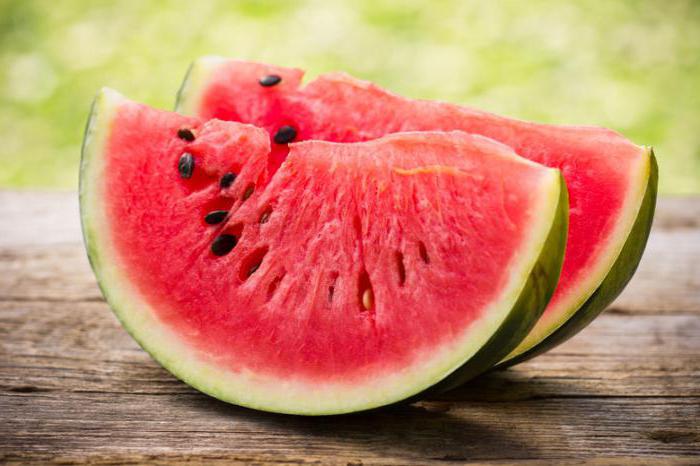
Important! Before you decide to read and listen to these or those tips, we strongly recommend that you consult your doctor or consult an endocrinologist.
What is pancreatitis?
Pancreatitis is an inflammation of the pancreas, which consists in the fact that the discharge of digestive juice and enzymes into the small intestine is significantly impaired. The main factors leading to this disease include the following:
- heredity;
- side effects in case of surgical intervention;
- any viral infection;
- alcohol abuse.
The main symptoms of the manifestation of the disease:
- significant bloating;
- persistent nausea;
- vomiting
- flatulence;
- diarrhea.

Stages of Pancreatitis
For the disease, three stages are characteristic:
- Sharp. During this stage, pancreatic cells are destroyed by the action of their own enzymes. This stage is characterized by a high level of intoxication of the body and, as a result, severe intolerable pains in the abdomen, its bloating, vomiting and nausea. The main recommendation is absolute rest and fasting (especially during the first three days). Therefore, such a question as whether it is possible to eat watermelon with pancreatitis is unlikely to be competent during this period.
- Chronic After an exacerbation, the disease goes exactly to this stage.
- The period of remission. During this stage, on the site of the lost gland cells, the formation of connective tissue occurs, which largely leads to disruption of the pancreas.
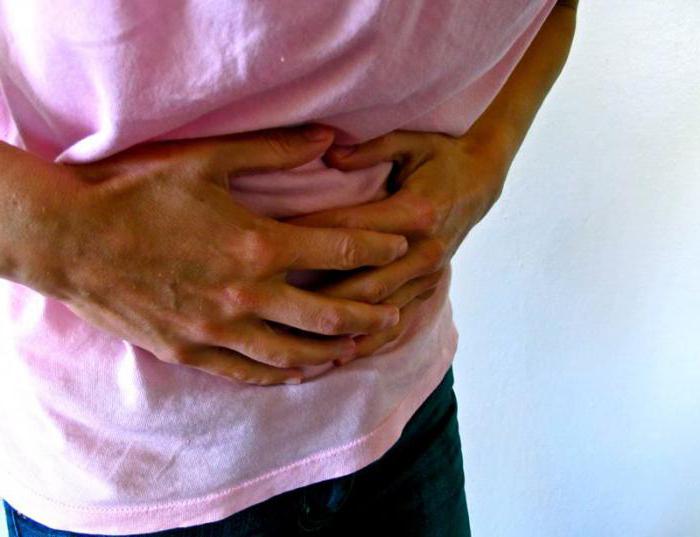
This juicy and tasty berry is a watermelon.
Can I eat watermelon with pancreatitis? Let's first simply, regardless of pancreatitis, we will figure out what are the beneficial properties of watermelon for any healthy person. But here's the thing: the product reduces puffiness caused by all kinds of reasons, and perfectly cleanses the intestines of toxins.
On a note! Only berry that has ripened in an independent manner, that is, without any chemicals, has useful properties.
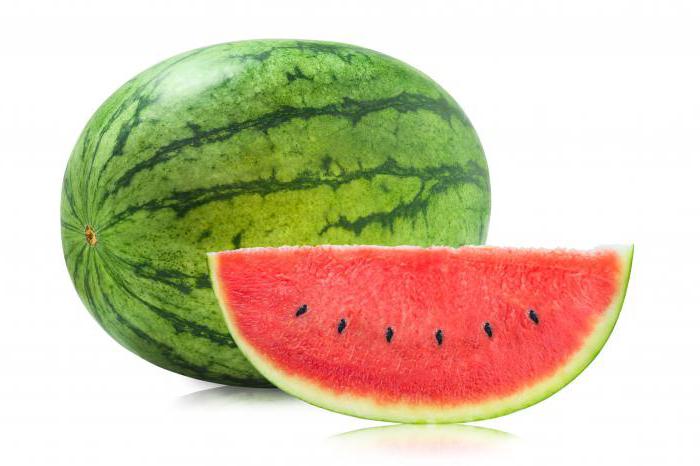
The composition of watermelon includes: water (90%), vitamins (A, B, B1, B2), minerals (for example, calcium, phosphorus, magnesium and potassium), ascorbic and folic acids, pectin and fiber. Since the striped berry is low-calorie, has a diuretic property, promotes the digestion of food proteins, it lacks glucose and fructose is present, it is recommended to use it for people:
- who are eager to lose at least some kilograms;
- those who are waiting for replenishment in the family, that is, pregnant (just do not overdo it);
- suffering from various diseases of the liver and kidneys;
- with nervous ailments;
- with diseases of the cardiovascular system;
- suffering from an upset digestive system.
Can a watermelon provoke an exacerbation of pancreatitis?
Is there a real danger to the pancreas from a watermelon? Yes, striped berries do not contain fats, and the amount of protein is negligible. Perfectly. But how can a body react to a watermelon with pancreatic pancreatitis:
- Due to the presence of a huge amount of simple and complex carbohydrates, the load on the organ increases, which in this case has to work in an enhanced mode. The patient may experience nausea, vomiting, and severe pain.
- Watermelon with choleretic properties in pancreatic pancreatitis is a "provocateur" of the formation of juice and bile, which play an important role in the activation of pancreatic enzymes.
- The fibrous structure contained in the product is not amenable to processing by enzymes and their cleavage occurs only in the intestine. And if healthy people have fiber “for joy” (as it helps the gastrointestinal tract to work better), then it is “a burden” for patients with pancreatitis (as it leads to gas formation and, as a result, bloating, fermentation in the intestines, painful colic and diarrhea) .
Obviously, watermelon can easily provoke an attack of pancreatitis. Not for nothing that the diet of people suffering from both chronic and acute forms of the disease includes a very small amount of raw vegetables and fruits.
Striped berry in the diet for pancreatitis
Is it possible to eat a watermelon with pancreatitis, without thinking about the consequences? It is difficult to give an unambiguous answer, since much depends directly on the course of the disease of each individual person. Therefore, it is best to consult your doctor who knows all the stages of your disease and your condition today. The personal portability of this product plays an important role. Do not forget to take this into account.

On a note! Beware of pickled watermelons. They are strictly contraindicated at any stage of the disease.
Is it possible to eat watermelon in acute pancreatitis?
During exacerbation, all fresh fruits, berries and vegetables are strictly prohibited. It is allowed to eat exclusively products that have been subjected to a "merciless" way of heat treatment. And the more severely people suffering from pancreatitis will adhere to the recommendations of doctors, the faster they will be able to get out of this difficult situation.
Remember! Even a tiny piece of watermelon can enhance inflammation and prolong the recovery period.
Watermelon in the chronic stage of the disease
Can I eat watermelon in chronic pancreatitis? And why not, if the pain subsided, and they have not been observed for a long time. Just do not overdo it: enough 200-250 g per day. In addition to watermelon, other berries are allowed in the form of fresh fruits or candied fruits. Moreover, it is necessary to introduce the product into the diet gradually, starting with a very small portion (maybe even in a crushed form). In this case, the watermelon should be ripe and, preferably, grown without the use of chemicals (a clear sign of their use are streaks in the pulp). It should be medium in size, without dents, cracks or stains. It’s better to buy starting in the second half of August.
Advice! In any case, a consultation with a doctor will not be superfluous.
Is it possible to eat a watermelon in remission?
Remission is a period when you can relax, forget about prohibitions and allow yourself more than you could before. In the remission stage, eating striped berry (of course in moderation) is not just possible, but necessary. After all, the glycemic index of a juicy fruit is low - which means that watermelon and pancreatitis do not contradict each other.
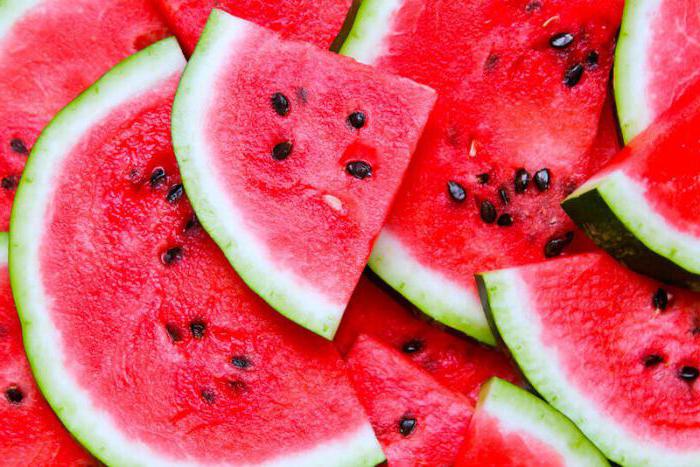
Important! With a fairly mild course of the disease, you can eat up to 1.5 kg of berries per day; and if everything is not so good, then you should limit yourself to 500 g. By the way, it is better to use no more than 150-200 g at a time
Nutrition for Pancreatitis
Due to the fact that pathological changes occur in the gastrointestinal tract, there are a number of products that everyone with pancreatitis should be excluded from the diet without fail:
- all kinds of high fat dishes;
- food prepared by frying;
- canned foods;
- marinades;
- baking "hot in the heat";
- varieties of bread;
- broths cooked on meat or fish;
- alcoholic drinks;
- spicy spices;
- hard-boiled eggs;
- chocolate;
- ice cream;
- cocoa;
- black coffee.
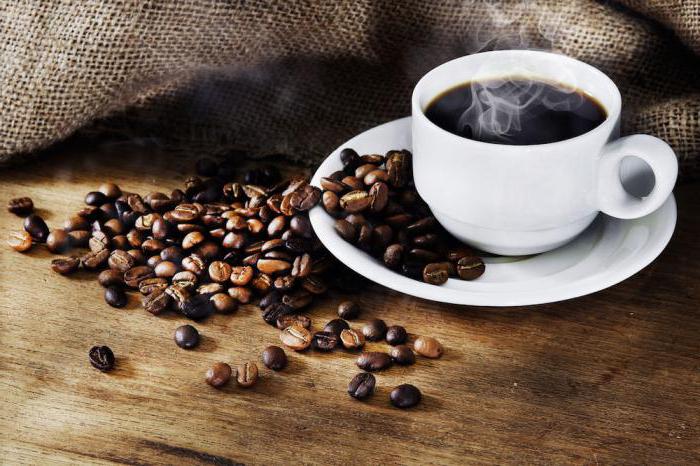
Every day food
What can an approximate menu look like in case of pancreatitis (acute) on the 7-8th day of an attack:
- First breakfast. Why not make an omelet (necessarily steamed) and tea (of poor consistency) without sugar.
- Lunch. You can treat yourself to cottage cheese with milk (only low-fat).
- Dinner. Pearl barley soup; boiled meat stewed with allowed vegetables and some apple jelly.
- Dinner. Steamed fish cutlets and a decoction of rose hips.
- Before going to bed - a glass of kefir.
Important! During the day you can eat: 75-80 g of protein, 55-60 g of fat and 150-200 g of carbohydrates. Remember: the number of calories per day is 2500 Kcal.
Recipes
Recipes for pancreatitis for breakfast:
- Oatmeal porridge with milk. You will need: three glasses of milk (not necessarily whole, you can diluted with water in a ratio of 1: 1) and oatmeal (one glass). We put milk on the fire, add the cereal and cook on low heat for about 5 minutes (after boiling), remove and cover. After 5-7 minutes you can eat.
Important! No sugar and no salt.
- Bake the omelet in the oven. Dissolve the eggs (two pieces) in a bowl, add a little milk and whisk everything with a whisk. The resulting mixture is poured into a mold pre-oiled and put in the oven (for 20 minutes at a temperature of 200 degrees).
Advice! Before adding milk, it is better to remove the yolks from the bowl.
Recipes for pancreatitis for lunch:
Puree soup (based on chicken) with cauliflower. Boil chicken breast (250-300 g), pull it out of the pan, cool and pass through a meat grinder. We wash and peel potatoes (2 pcs.), Carrots (1/4) and cauliflower (5-7 inflorescences). Boil potatoes and carrots for 10 minutes, then add cabbage to them and cook for another 7-10 minutes. Remove from heat, cool and add chicken to them. Grind everything in a blender. Eat served - sit down and enjoy.
Milk-based soup with rice. We dilute the milk with water (that is, take one glass of each product), put on fire and bring to a boil. Add the cereal (previously washed in cold water) - two tablespoons. Constantly stirring, cook over low heat for 10 minutes. Bon Appetit!